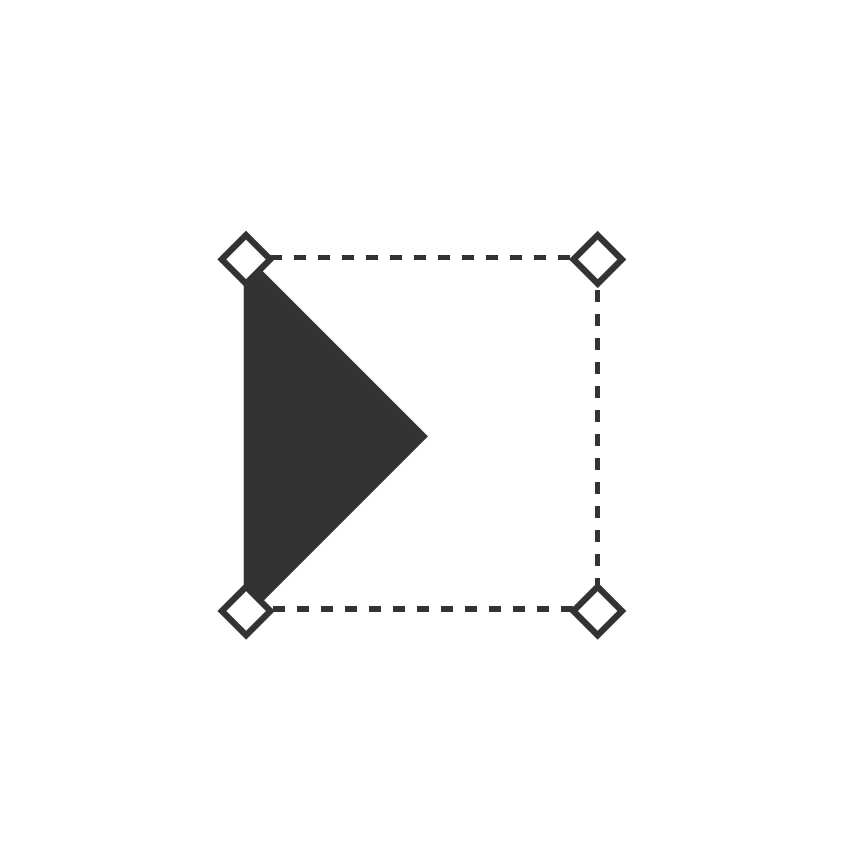
Beyond the wait: How we transformed the chatbot queue experience

Beyond the wait: How we transformed the chatbot queue experience
Applying queue theory to improve customer experience
Designing a transparent and engaging waiting experience
Reducing dropouts and increasing customer satisfaction
Designed for British Gas
01 Summary
What was delivered and how...
• Facilitation of cross-functional design workshops
• Prototype development and usability testing
• Remote user testing and feedback analysis
• Stakeholder collaboration and iteration based on insights
• Queue dropout rate and NPS analysis to measure abandonment trends and user satisfaction
• 5+ design iterations based on user feedback and data insights
• High-fidelity prototype of the improved chatbot queue experience
• User testing report with key findings and recommendations
• Business stakeholder presentation outlining impact and results
• Lean MVP release with phased value ladder for iterative improvements and validation
The new chatbot queue experience reduced dropout rates by 25% and increased NPS by 12 points, improving customer retention and satisfaction.
Average wait times dropped by 30%, while improved transparency led to fewer frustrated escalations.
The business also saw increased efficiency and an estimated £250K in annual support cost savings.
02 Understanding the problem
A deep understanding of the problem was the first step
At British Gas, the chatbot plays a crucial role in handling customer inquiries, but when users needed to escalate to a live agent, they often encountered frustration.
Many customers found themselves waiting in long, opaque queues with little visibility into their position or estimated wait time. This lack of transparency led to high queue dropout rates, increased customer dissatisfaction, and unnecessary repeat contacts, as users abandoned the chatbot and sought alternative support channels.
From a business perspective, these inefficiencies not only impacted customer experience but also placed additional strain on support teams, leading to operational inefficiencies and higher service costs.
The core issue was a lack of perceived progress and engagement during the waiting period, which made users feel uncertain and out of control.
Customers needed a clearer, more structured queue experience that provided transparency, set expectations, and reduced frustration while they waited.
Our goal was to design a smarter queue system that not only communicated wait times but also leveraged behavioral psychology to improve perceived waiting experiences, reducing dropouts and increasing overall satisfaction. This meant balancing user needs with operational constraints to create a scalable, data-driven solution that delivered both customer and business value.
“How might we create a more transparent and engaging queue experience to reduce frustration, decrease dropouts, and improve customer satisfaction?”

Queue theory
Queue theory helped us understand how uncertainty makes waits feel longer, leading to frustration and dropouts.
By applying principles of queue psychology—like operational transparency, perceived progress, and engagement during wait times—we could design a more intuitive chatbot queue experience
“The problem with waiting in line isn’t the length of the wait, it’s the uncertainty of it.”



